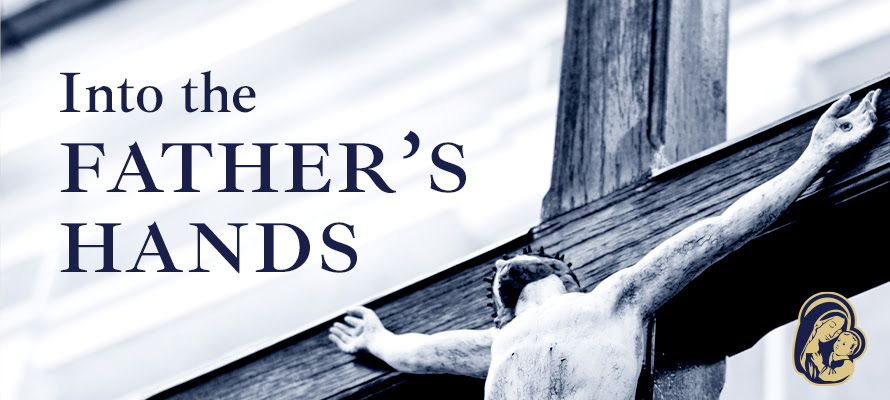St. John Paul II looks at the canticle from the Book of Daniel prayed on Sunday morning prayer that begins “Bless the Lord, all works of the Lord.” (Dn 3:57) He explores how this cosmic prayer invites all creation to praise God and to contemplate in the risen Christ the culmination of God’s plan for the cosmos and for history.
The Pope explains that this litany-like prayer has three key dimensions:
- Cosmic dimension: The canticle reviews the elements of creation—celestial bodies, waters, mountains, weather, plants, animals, angels and humans—from hot to cold, from light to darkness; even the mineral and vegetable worlds “Bless the Lord” and join in praising the Creator. It is a symphony in which the varied voices are raised to praise the Creator of the universe and Lord of history.
- Historical context: The canticle originates from the story of three young Israelites in exile who refused to worship Nebuchadnezzar’s golden idol and were miraculously saved from a fiery furnace by God. “Their fidelity meets with the fidelity of God who sends an angel to drive the flames away from them (cf. Dn 3: 49).” This event is a reminder of the history of salvation in which God chooses his people and makes a covenant with them, calling us to be faithful to Him and the covenant.
- Christian interpretation: Christians connect this prayer to Christ’s resurrection, as the Pope notes that early Christians associated this canticle with Sunday worship as a “weekly Easter”. Moreover, depictions found in the Roman catacombs show three young men praying unharmed amidst the flames—thereby witnessing to the effectiveness of prayer and the certainty that the Lord will intervene, even when faced with death.
You are invited to pray with Daniel 3:51-90
Read the Catechesis of Pope St. John Paul II on Daniel
By repeating the Canticle of the three young Israelites in the Sunday liturgy of Lauds, we disciples of Christ want to be swept up in the same wave of gratitude for the great works wrought by God, in creation and, above all, in the mystery of Christ’s death and resurrection. In him, the Alpha and the Omega, the beginning and the end of history, creation itself acquires its full meaning as, ‘all things were made through him.’ (John 1:3)
